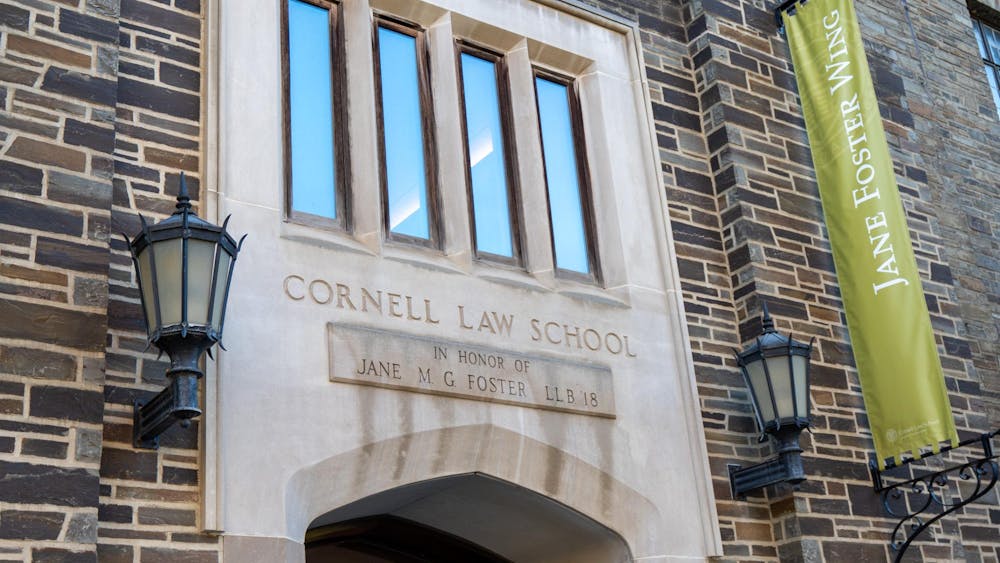If there’s any figure more romantic than the artist, it’s the rebel. Just take dorm room posters — as cool as your Jim Morrison picture might be, my Che Guevara will always be cooler. But combine the two, and you’ve got a beast. That’s why Shepard Fairey, designer of the ubiquitous Andre the Giant sticker and the Obama “Hope” poster, is generating such hype. Last month, the 39-year-old RISD grad was arrested as he arrived at a career retrospective at the Institute of Contemporary Art in Boston. The charge was damage to property — apparently the Boston PD just woke up from 1992 and realized this guy’s art was plastered on stop signs and blank walls all across the city. Although not his first run-in with the law, this latest incident cemented Fairey’s stature as the establishment-baiting creative type par excellence. Or did it? For all of Fairey’s pseudo-risqué “guerilla marketing” adventures and his political agitation, there still seems something a bit off about him. On the one hand, he purports to challenge the status quo and wake us up to the reality of our advertisement-saturated world. As his 1990 manifesto defending his “Obey” sticker campaign states, “Another phenomenon the sticker has brought to light is the trendy and conspicuously consumptive nature of many members of society.” However, Fairey seems curiously involved in the very capitalist practices he berates — recently, he designed some creepy catalogues and shopping bags for Saks Fifth Avenue that appropriated 1920s Russian Constructivist design (lots of red, workers’ fists in the air) for the purpose of selling luxury crap, and his design agency and studio are not exactly philanthropic ventures. So what’s the deal? The tension here clearly lies in the unholy matrimony of capitalism and art. We prefer our money on one side and our pretty pictures on the other, and any intermingling leaves us a little squeamish. Not that that’s prevented the art world from being buried in a blanket of Benjamins: a month ago today, Christie’s set a record with the biggest sale of a private collection, with $264 million thrown down in one night. Still, we like to believe that the well of inspiration is uncontaminated by gold. There’s no bigger insult for an artist than being called a sellout. But where do these ideal artists exist? Even outside of visual art, it’s hard to find truly anti-establishment creators. I remember the sinking feeling in my chest when Wes Anderson debuted an ad for the American Express’ “My Life. My Card” campaign, and the sense of bewilderment and betrayal when Bob Dylan signed up for an Apple ad two years later. Everyone, it seems, is on the gravy train. And those who aren’t — well, they’re invisible. So maybe it’s time we adjust our expectations. Dumpster-diving aside, it’s practically impossible to get by today without dealing with corporations: their products and their messages are everywhere, and it’s useless to pretend otherwise. (The other night I was relieving myself in a bar bathroom; I looked down and saw that the urinal cake was sponsored by I Love You, Man. How would Paul Rudd feel about me peeing on his latest film?) Nonetheless, there’s a difference between grudgingly accepting corporations’ omnipresence and actively supporting it. And for artists such as Fairey who aim to investigate and criticize this very trend, conflict of interest would seem to be a salient concern. Last week, I checked out his exhibit at the ICA in Boston. I enjoyed his clever designs and shoutingly-colorful posters, and appreciated the wry nods to old advertisements and political propoganda. Sure, the captions on the walls were a bit heavy-handed in their emphasis on Fairey’s artistic derring-do and envelope-pushing, but I generally like to let the art speak for itself. This became substantially more difficult, however, when I arrived in the gift shop at the end of the exhibit. Themed pens and t-shirts pushed in on me from every side; glossy books with exorbitant prices screamed to be bought. I was caught off guard: Was this another one of Fairey’s shenanigans? Or was he really so shameless as to feign subversiveness in one room and in the very next throw consumer crap at me? Needless to say, I suffered a little cognitive dissonance: Fairey, whose side on you on? Perhaps the moral here is that the artist/shuckster divide is a falsity: Art is a product just like anything else, and art that attempts to question consumption is just a cruel joke on the consumer. You can be an artist or you can be a rebel, but, in today’s world, you can’t be both.
Money and the Muse
Reading time: about 5 minutes
Read More










